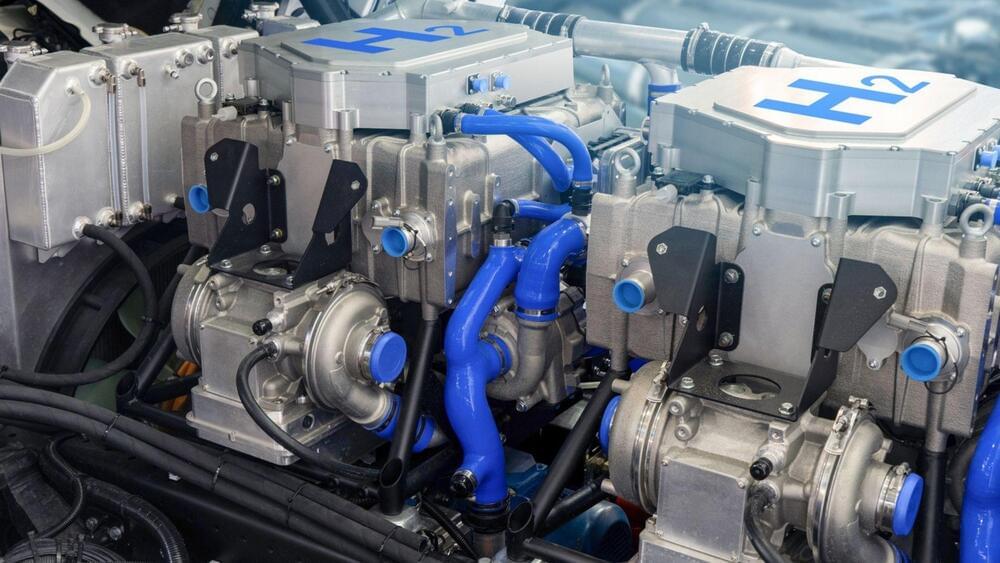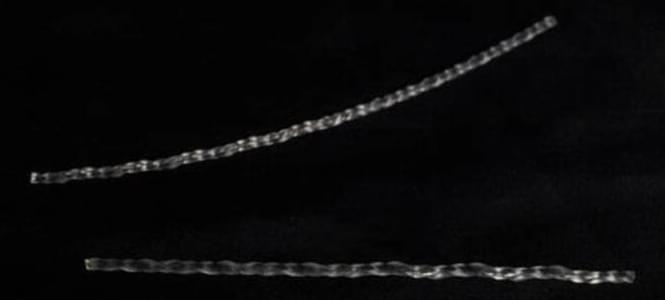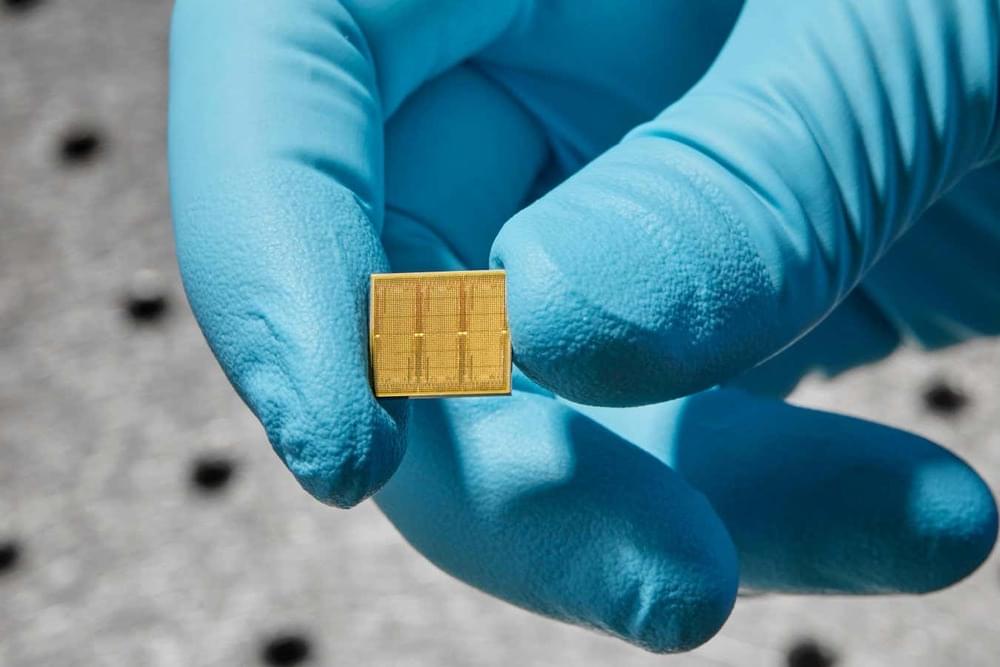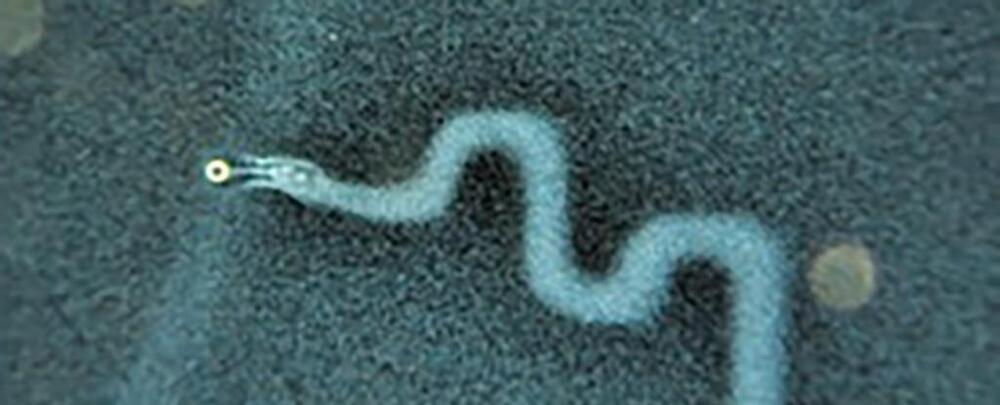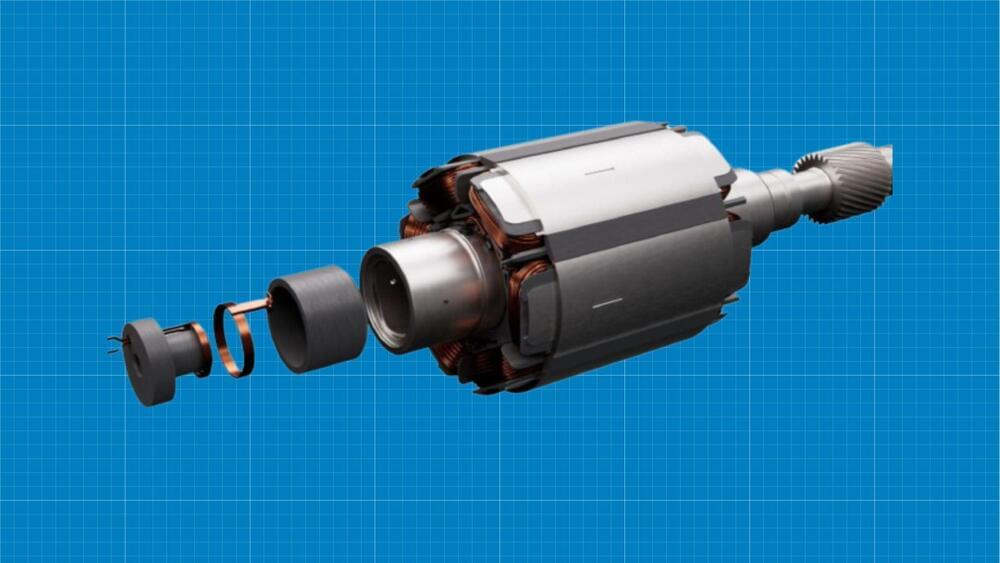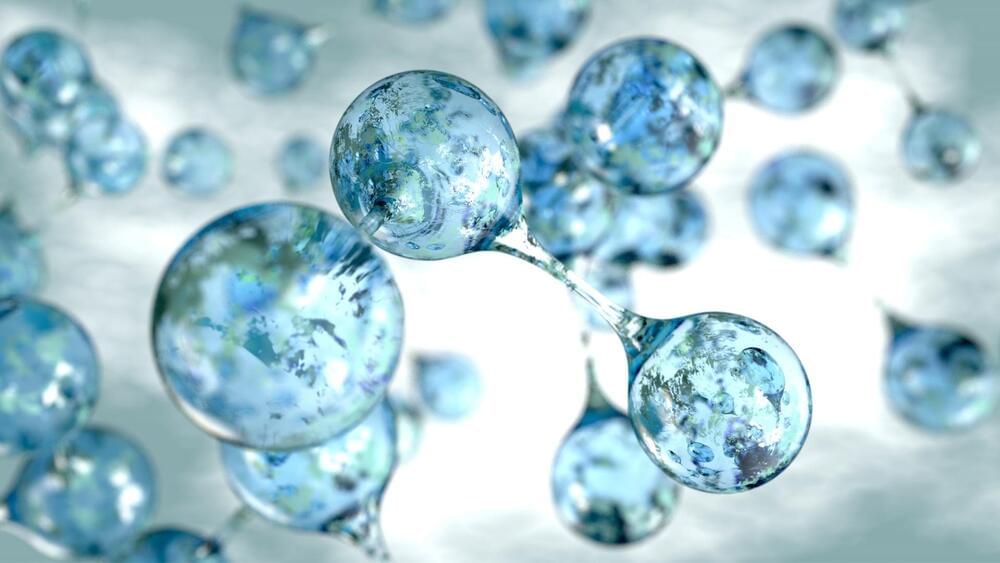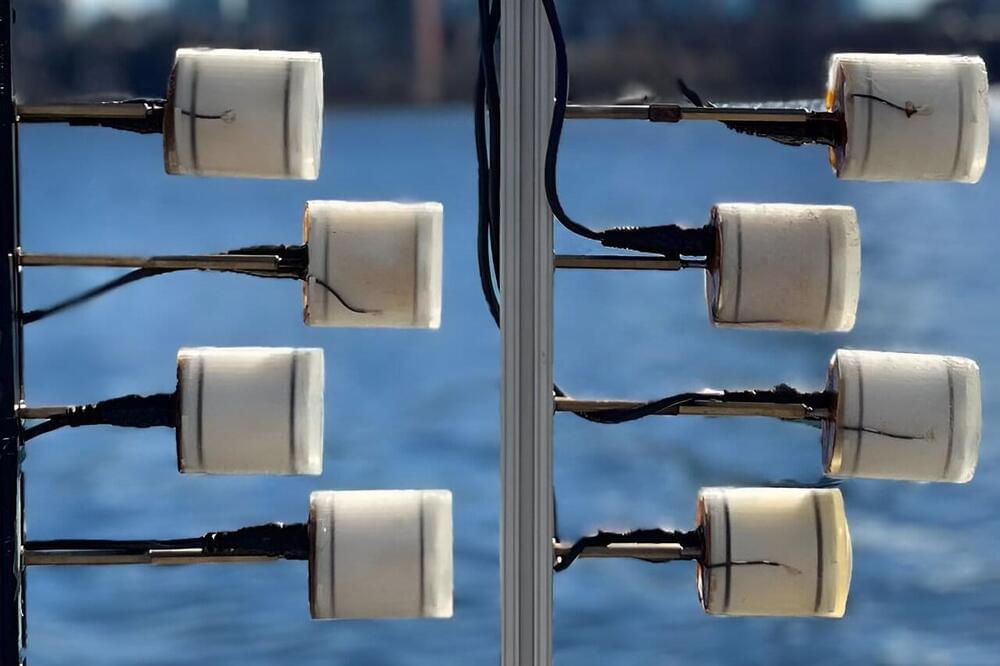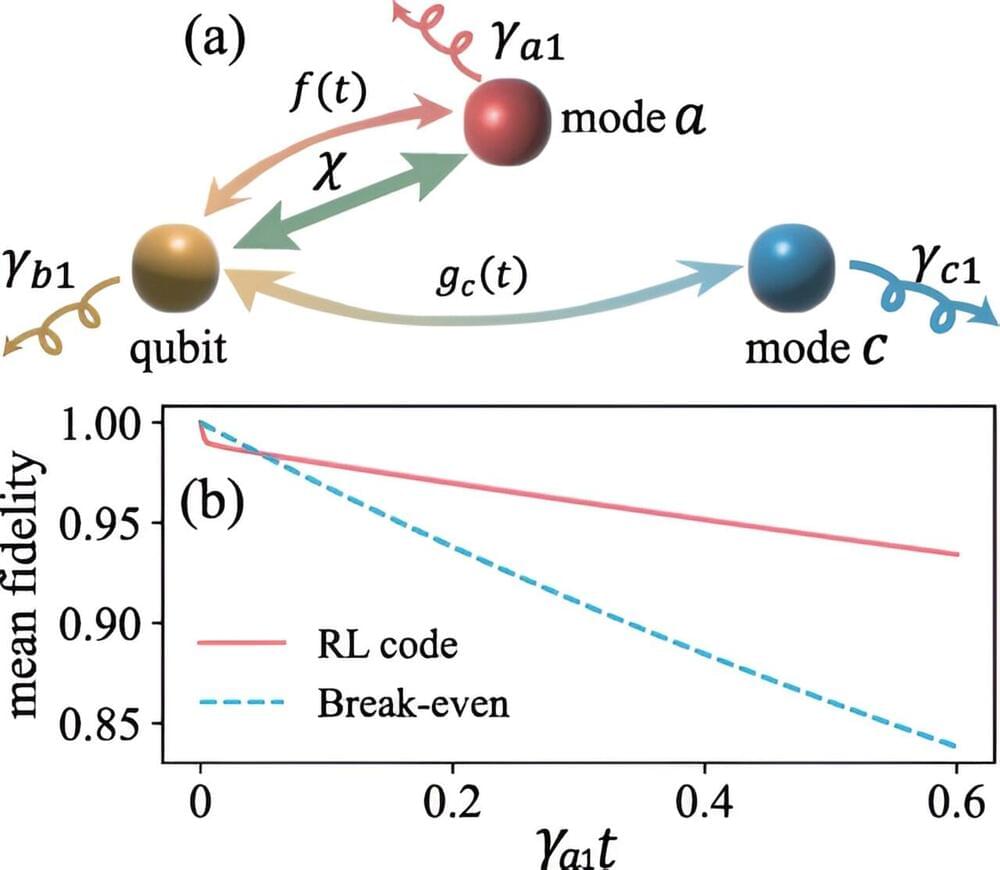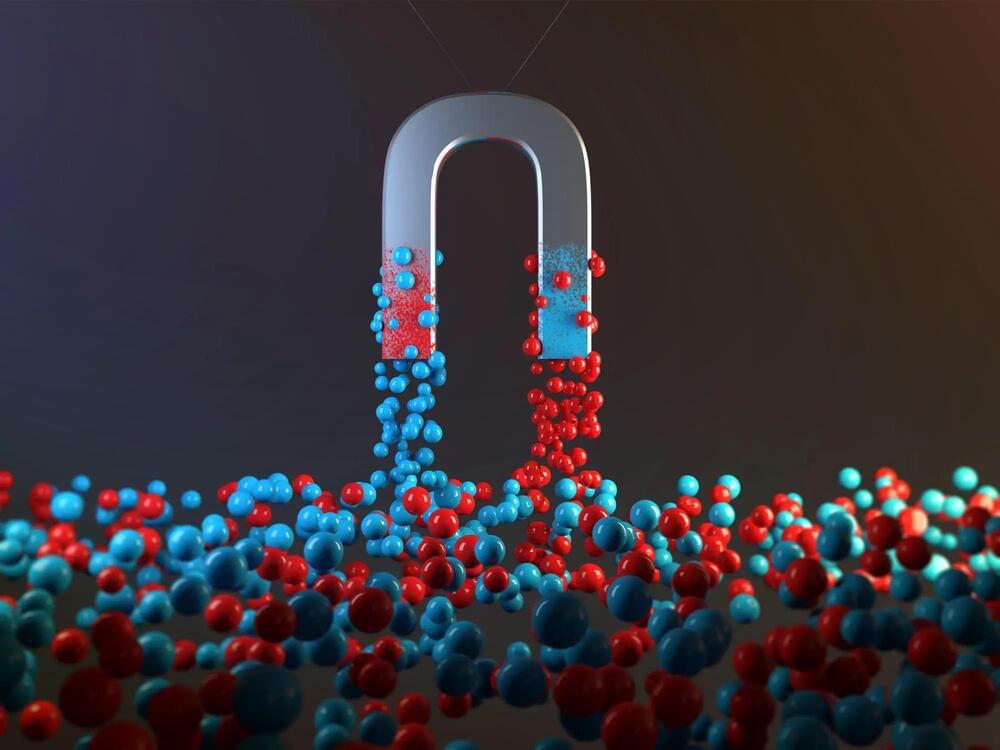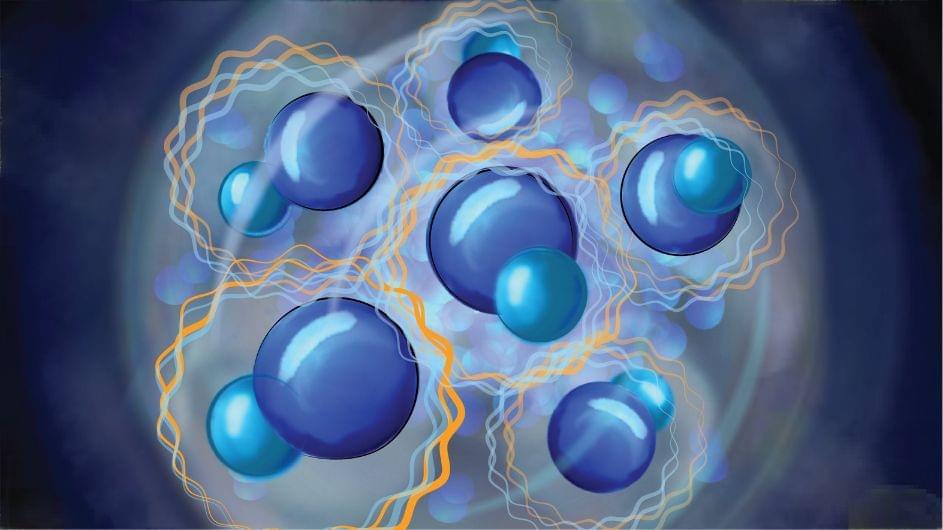New technology allows hydrogen to be directly injected into the cylinders like an internal combustion engine.
As the world scrambles to transition to green fuels to achieve carbon neutrality, promoting power sources that use hydrogen as a clean fuel is one strategy to further the move. Now, researchers in South Korea have developed a new technology for a passenger car hydrogen engine that promises to make it more viable for mass production.
The powertrain developed by researchers at the Korea Institute of Machinery and Materials (KIMM) and the Zero-Carbon Engine Research Lab of Hyundai-Kia Motor Company (HMC) is a 2-liter direct injection hydrogen engine that runs entirely on hydrogen fuel.
